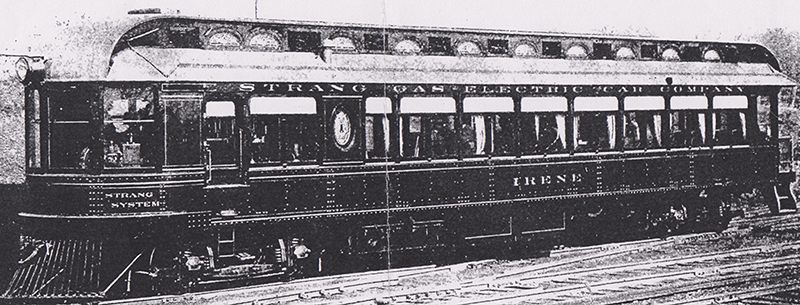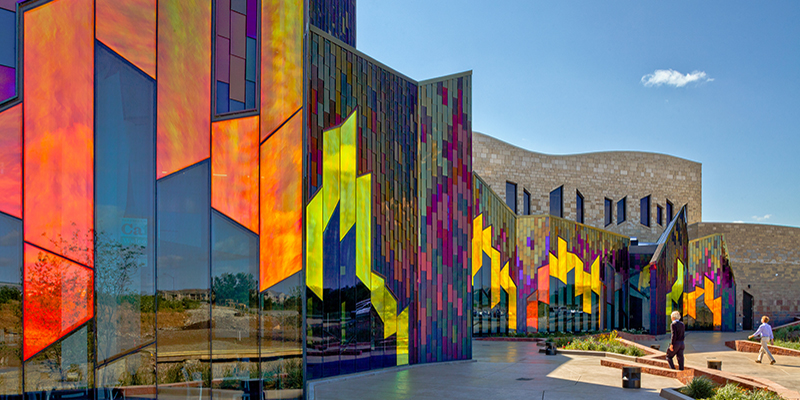BLOG
Today I Learned: Overland Park’s Modern History
Today I Learned is a blog series from Visit KC and the Kansas City Public Library that shines a light on the history of Kansas City, its culture and the trailblazers who helped shape the City of Fountains.
Known as an all-in-one destination with incredible entertainment, food and culture, Overland Park’s roots date all the way back to America’s trailblazing past—and KC’s role as the true gateway to the West and modern innovator.
Discover the history of one of Kansas City’s most notable neighbors.
Trailblazing Origins
 Image courtesy of Missouri Valley Special Collections
Image courtesy of Missouri Valley Special Collections
Once the jumping off point for gold seekers in search of their California fortunes, pre-settlement Overland Park was a sparsely populated region, with little to no roads and prairie as far as the eye could see. That changed when William B. Strang arrived in the area. A successful international railroad developer based in New York, Strang’s mother convinced him to come to Kansas City after a devastating flood in 1903.
Strang brought his mother to the farm of George Metcalf, a friend whose farm was located across the state line. Strang’s mother loved the area and the air so much that the developer decided to construct a flood-proof suburb that resembled a carefully planned park.
Innovative Transit
 Photo Credit: Overland Park Historical Society
Photo Credit: Overland Park Historical Society
With the rise of the automobile still in its infancy, the success of the suburb relied on interurban travel. So, in 1904, Strang brought the Strang Electric Interurban Trolley Line to the region. The line ran from Kansas City to Olathe and touted the world’s first self-propelled trolleys.
Along with the new trolley system, Overland Park saw expanded growth at the end of The Great War. Soldiers returned from the conflict in Europe and purchased homes in the suburb, bringing with them a steady increase in automobile traffic—a reliance that eventually bankrupted the Strang Trolley Line in 1940.
Strang also brought aviation to the region. In 1909, the innovator made an agreement with Charles K. Hamilton to host the area’s first flying exhibition, which featured a biplane with wings made from bamboo and rubberized silk.
Massive Growth

One of the keys to Overland Park’s long-term success was its ability to survive the Great Depression. While KC proper was still reveling in its Prohibition heyday, Kansas City Power & Light relocated to OP in 1924, bringing with it jobs and financial security.
Another influx of soldiers returning home—this time from World War II—meant countless young families in search of affordable homes to own. The area grew and grew, earning its first-class city status in 1960, followed by an annexation in 1965 that nearly doubled its size. Expanded populations led to larger municipal departments, police departments, infrastructure, school systems and more. More and more people were living and working in Overland Park, shifting its status from a “bedroom community” to what the Johnson County Sun newspaper dubbed as “Executive Country.”

The name may not have stuck but the sentiment remains: Today, Overland Park is more bustling than ever. The destination is home to a vibrant farmers’ market, eclectic restaurants, unique entertainment spaces, specialty shops and family-friendly events that draw huge crowds.
More information about Overland Park can be found at How We Do KC: Overland Park and VisitOverlandPark.com.